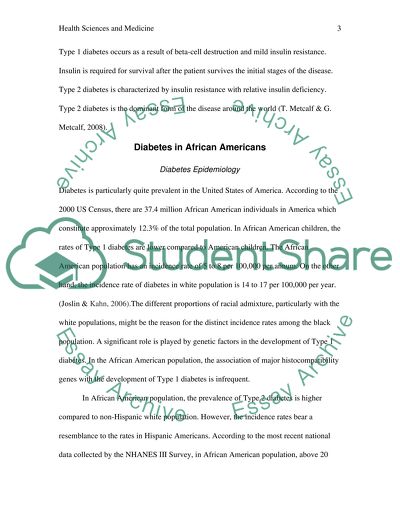Cite this document
(“Diabetes and the african-american population Essay”, n.d.)
Retrieved from https://studentshare.org/health-sciences-medicine/1602146-diabetes-and-the-african-american-population
Retrieved from https://studentshare.org/health-sciences-medicine/1602146-diabetes-and-the-african-american-population
(Diabetes and the African-American Population Essay)
https://studentshare.org/health-sciences-medicine/1602146-diabetes-and-the-african-american-population.
https://studentshare.org/health-sciences-medicine/1602146-diabetes-and-the-african-american-population.
“Diabetes and the African-American Population Essay”, n.d. https://studentshare.org/health-sciences-medicine/1602146-diabetes-and-the-african-american-population.


